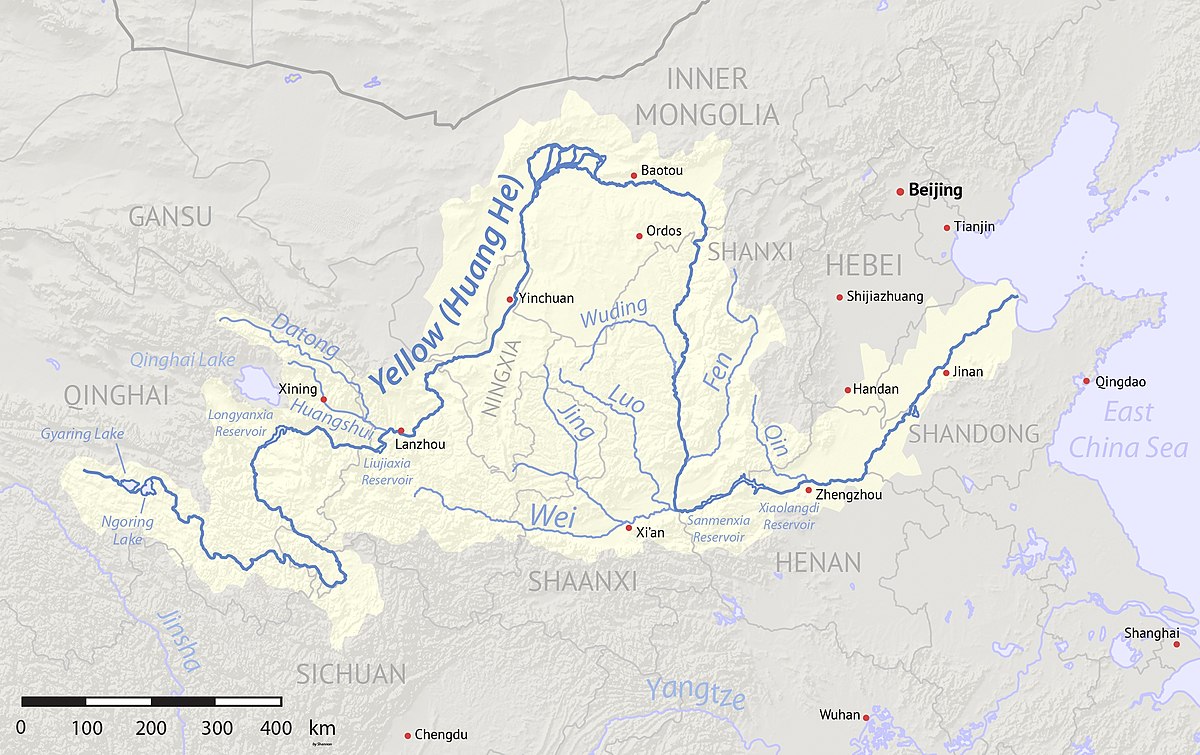
Yellow River Civilization
The Yellow River civilization, one of the four major ancient civilizations, flourished in the Yellow River basin in China. Its development began with agriculture in the floodplains. Through flood control and irrigation, cities emerged and political power consolidated. The civilization spanned the Neolithic era, including cultures such as Nanzhuangtou, Yangshao, and Longshan.
Neolithic Era
During the Neolithic era, various cultures emerged in the Yellow River valley. The Nanzhuangtou culture, dating back to 10600 BC, is among the earliest known. The Peiligang, Cishan, Dadiwan, and Beixin cultures followed, all characterized by settled farming and pottery-making. The Yangshao culture (5000-3000 BC) was especially significant, with its painted pottery and advanced social organization. Later, the Longshan culture (3000-1900 BC) introduced bronze-working and further social advancements.
Bronze Age and Beyond
The Yellow River civilization transitioned to the Bronze Age with the Erlitou culture (2000-1600 BC), which saw the rise of urban centers and the development of Chinese script. This was followed by the Erligang culture (1600-1400 BC), which laid the foundation for the Shang dynasty. The Shang (1600-1046 BC) and Zhou (1046-256 BC) dynasties, based in the Yellow River valley, established the foundations of Chinese civilization and played a pivotal role in shaping its history and culture.